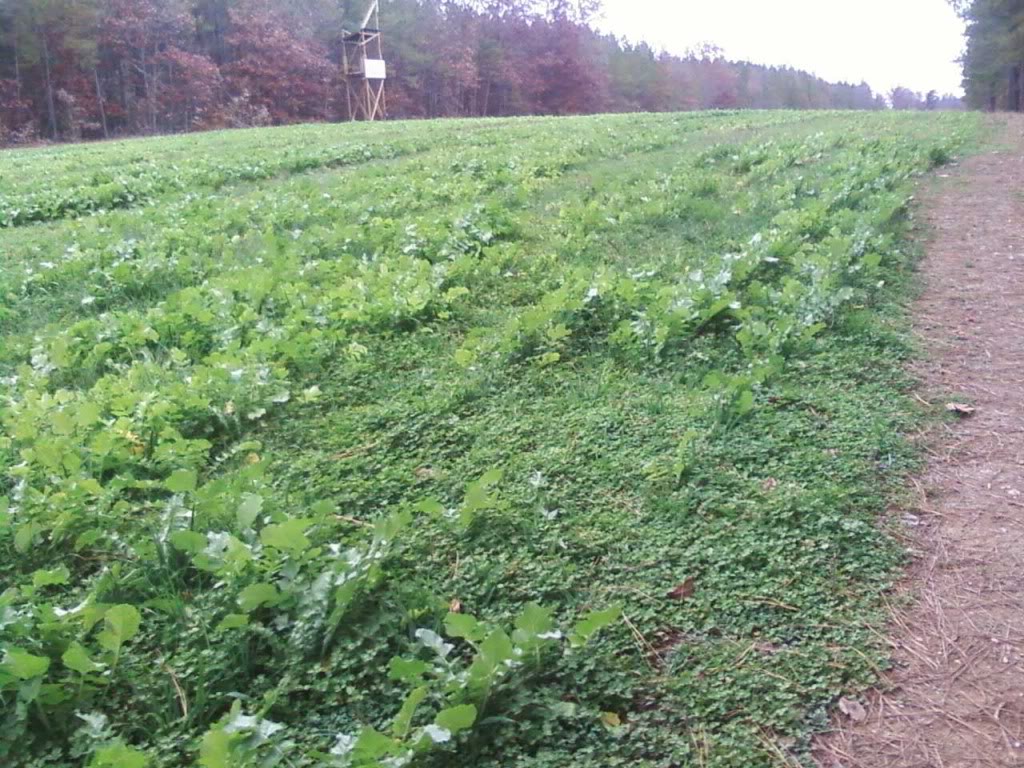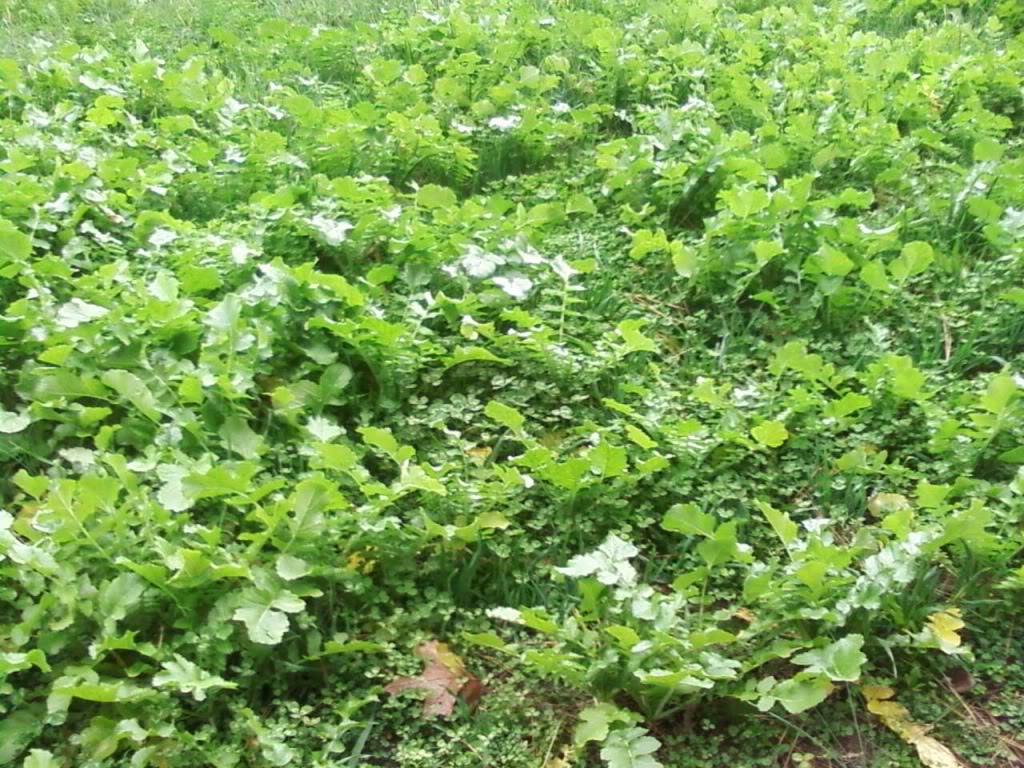SD51555
5 year old buck +
I thought I better say that the picture above is from traditional tillage not TNM. The way I worded it in this post was a little misleading.
ST ... My biggest issue is always weed & grass competition. I have 2 different 3 acre plots with RR soy beans and this is the 3rd year for these. I sprayed gly twice last year and and have already sprayed twice this year, still have weeds & grasses starting.
With the seed selection you have, how do you deal with the weeds & grasses?
Put grass and weeds in your plot. The soil is telling u you’re outta balance, and it’ll keep sending weeds until you can’t kill them, and that usually ends up being some awful and aggressive stuff.
I helped a client put in a no-spray no-fertilizer plot this year. We are testing fertility performance and weed suppression with overwhelming diversity. He’s already got marestail, thistle, and all the other usual suspects that glyphosate blessed us with. So far, it’s going exceptionally well, and this plot has none of those weeds.

Sent from my iPhone using Tapatalk








